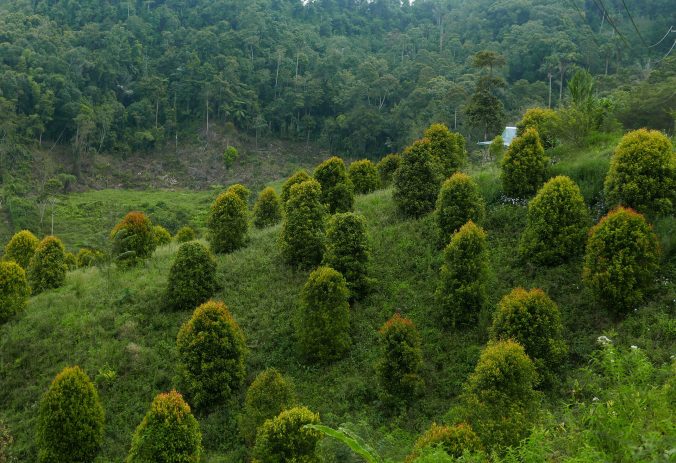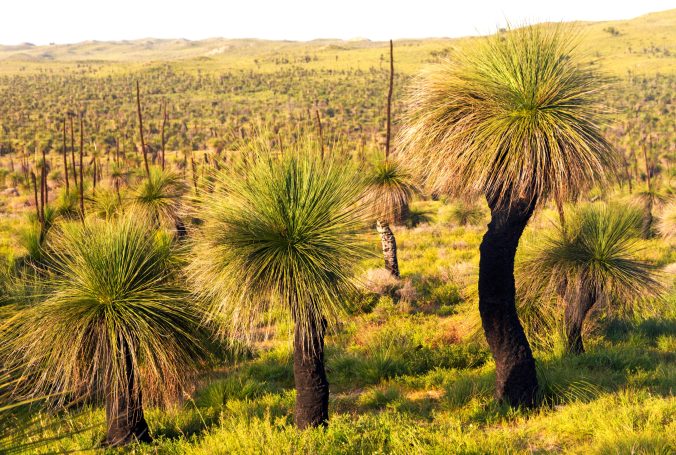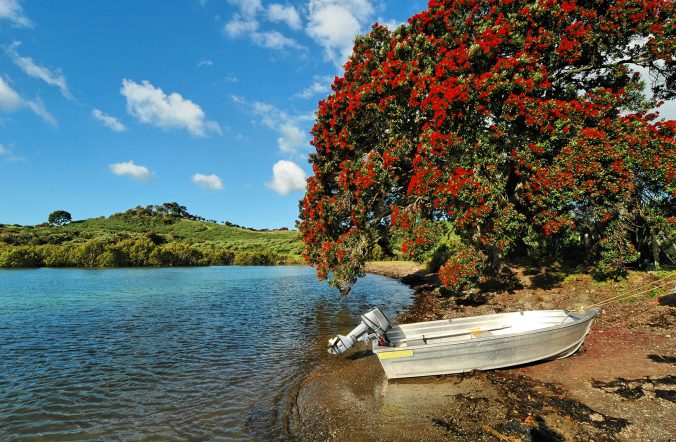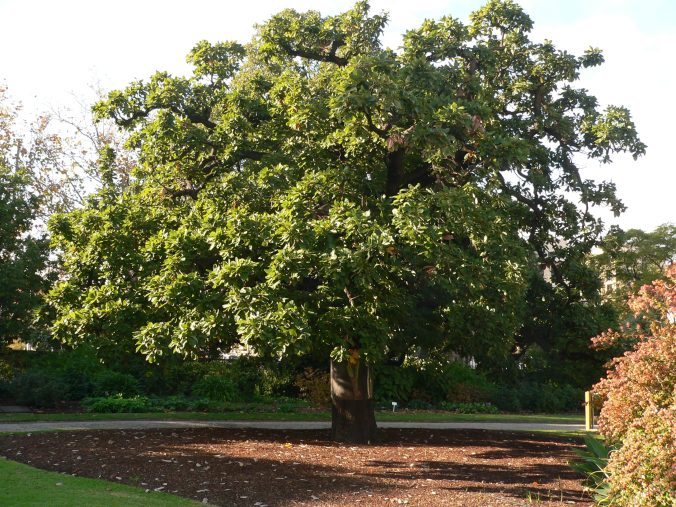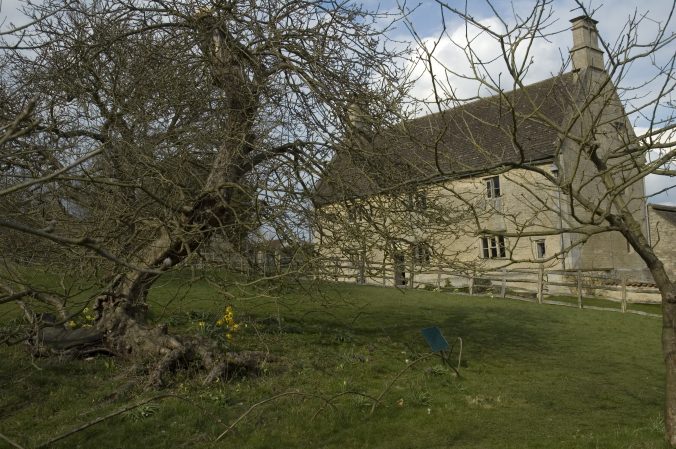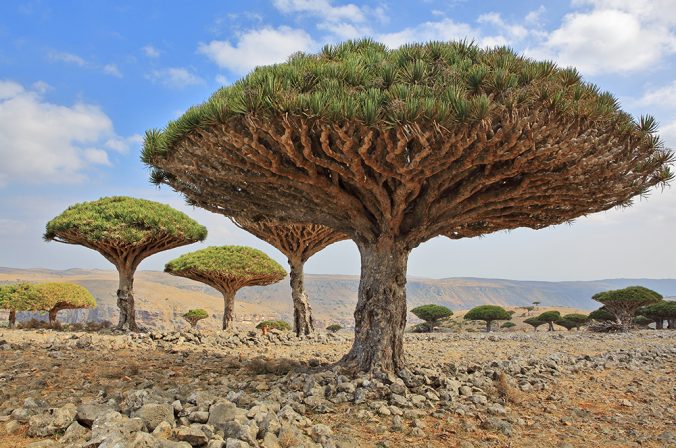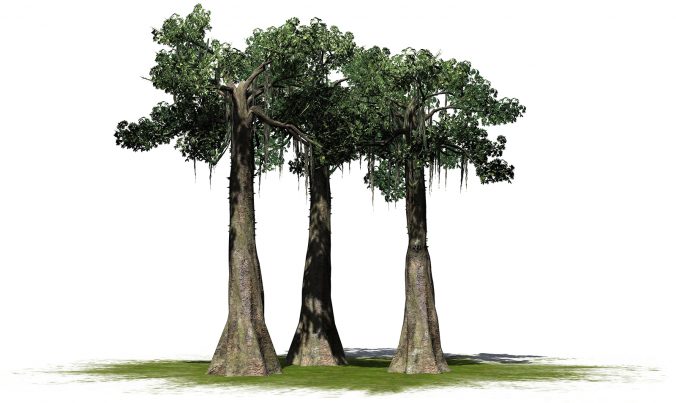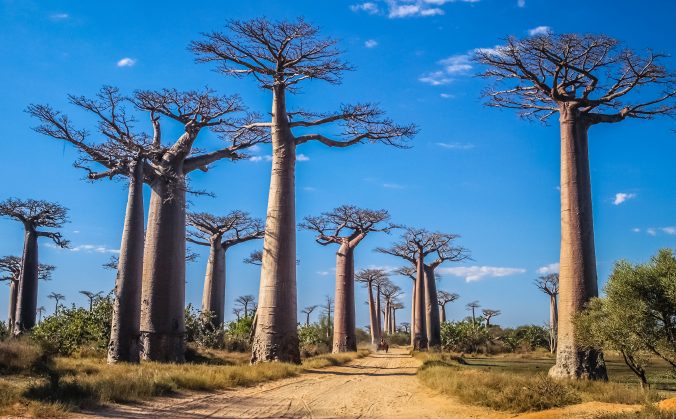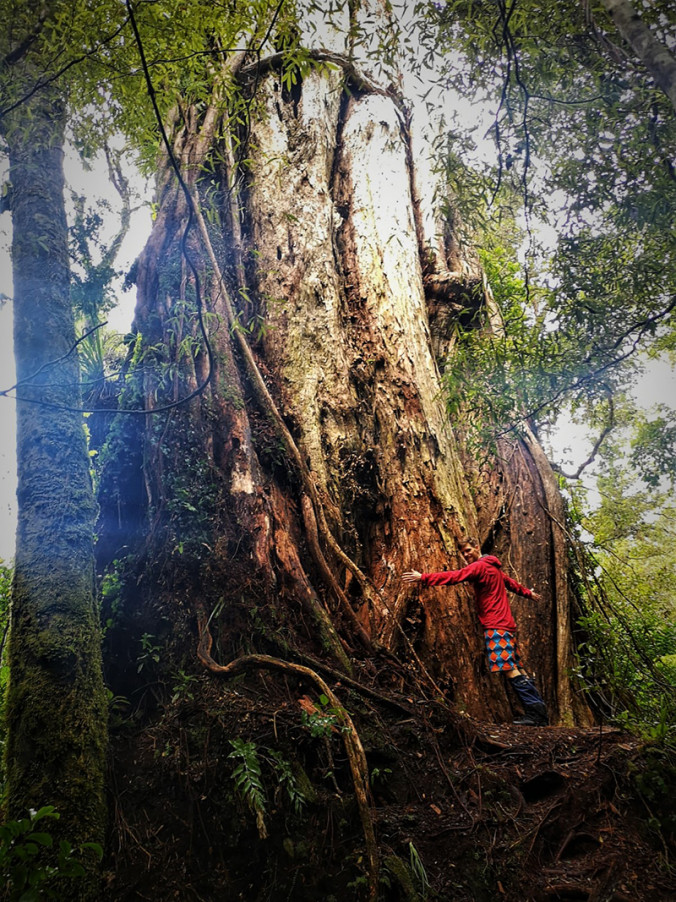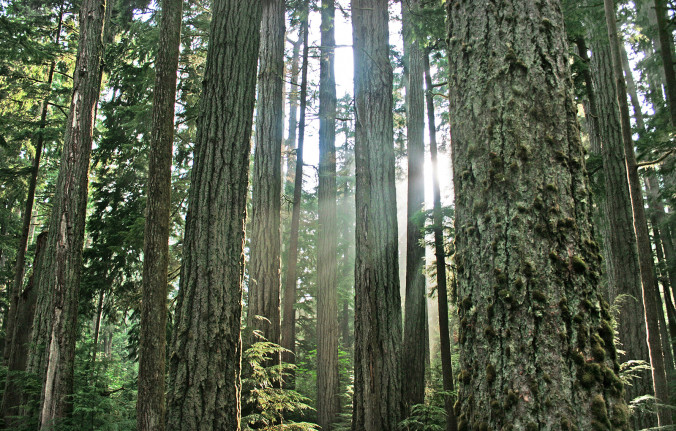Clove plantations were forbidden by the seventeen century Dutch outside a few islands in the Moluccas to preserve their monopoly.
Along with other ‘spices’ cloves (Syzygium aromaticum) were part of the driving force behind the rush by the European seventeenth-century colonising nations, including the Dutch, British and Spaniards to find a passage around Cape Horn to ‘claim’ parts of southeast Asia and exploit the ‘spices’ and ship them back to Europe where they were valuable and a welcome improvement to traditional diets.
Cloves are one of the prized spices traded since ancient times through… Read more “Spice islands tree key to seventeenth-century colonisers’ trade”
